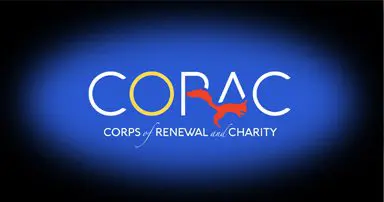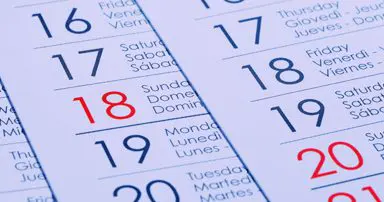General Guidance and Tips
- Thorough study of English grammar and composition prepares the student to intelligently analyze reading material and to produce effective written communication of various types in adult life.
- Begin Grammar and Sentence Diagramming when the student can read well (pretty much whatever you put in front of them), and write competently (handwriting is relatively neat and efficient), typically around 3rd grade. Assign 6+ sentences/day to diagram.
- Sentence diagramming helps visual/artistic children learn grammar because they are “drawing” the sentences.
- Students who are analytical/mathematical can approach sentence diagramming like a puzzle or problem to solve.
- Spelling practice is studied concurrently, until mastered.
- Study of Poetry and/or Catholic hymns is also important for building analytical skills for language.
- Begin Composition when sentence diagramming is mastered, and continue throughout high school.
- Give one or two writing assignments per week, using prompts from literature or subjects the student is currently reading/studying. Writing is easier when the student writes about a topic of interest or a book they enjoy.
- Some students struggle to get their thoughts organized and translated to written words on a page. Helpful strategies: dictate ideas to another person (possibly prompted by questions); use speech-to-text or audio recording technology.
Grammar and Sentence Diagramming Sequence
- Introduce the parts of speech. Can use Mad Libs for fun practice.
- Basic sentence diagramming: subject, verb, direct object, indirect object, adjectives/articles.
Helpful acronym: “SAD” = Subject – Action – Direct object - Intermediate sentence diagramming: prepositional phrases, adverbs, linking verbs, etc.
- Complex sentence diagramming: compound sentences, etc.
- Include all types of sentences: declarative, exclamatory, interrogatory, imperative.
Composition Sequence
- 5-sentence paragraphs (see format below)
- 3-paragraph essays (see format below; use paragraphs 1, 2, 5: use only one supporting point or detail)
- 5-paragraph essays: argumentative, expository, narrative, descriptive (see format below)
- Practical writing: business letter, friendly letter, invitation, address an envelope, resume, etc.
- Teach other formats that make sense for the student: journaling, blog posts, poetry, research papers, book reviews, how-to’s, etc.
Standard Paragraph Format
- Sentence 1: introductory sentence stating a topic or thesis.
- Sentences 2-4: one supporting point or detail per sentence.
- Sentence 5: summarize sentences 1-4 (for essay, state thesis).
Standard Essay Format
- Paragraph 1: introduction; use standard paragraph format above, ending with thesis statement in place of summary sentence.
- Paragraphs 2-4: restate each point and support it (one point per paragraph).
- Paragraph 5: Restate/summarize 3 points; end with final thought.
English Language Resources
- Teaching Writing: Structure and Style, iew.com, comprehensive homeschool curriculum with lots of guidance for parents.
- Daily Grams, Easy Grammar Systems, by Wanda C. Phillips
- Warriner’s English Grammar and Composition: sentence diagramming, many writing formats, comprehensive reference.
- The Winston Grammar Program is a multi-sensory grammar and sentence diagramming resource: https://www.winstongrammar.com/
- Harbrace College Handbook 10th Ed., Hodges and Whitten: comprehensive reference for highschool through adult.
- A Manual for Writers, by Kate Turabian (Available at Seton Press)
- The Secret Code of Poetry, Johnson (chcweb.com)
- Spelling Power: one book for all grades; word frequency lists; constant review of words student struggles with.
- Sequential Spelling: Teacher’s Guide Revised Edition (Levels 1-7), Wave 3 Learning; even doing just the first level is worthwhile.

























0 Comments